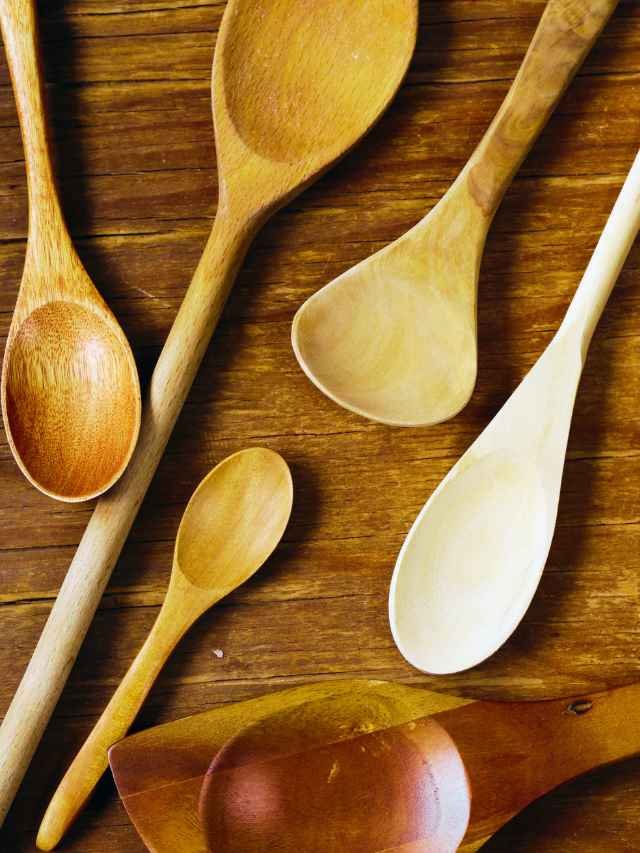The peacock plant, also known as the calathea plant, is a stunning tropical plant that has become increasingly popular among indoor gardeners.
With its beautiful, patterned leaves and unique foliage, the peacock plant is a true showstopper. However, many people wonder if this exotic plant is suitable for indoor environments.
In this article, we’ll explore the pros and cons of keeping a peacock plant indoors, and provide expert tips and advice to help you make an informed decision.
Understanding the Peacock Plant
Before diving into the suitability of the peacock plant for indoor spaces, it’s essential to understand its nature and requirements.
The peacock plant is a member of the Marantaceae family, which is native to the tropical regions of South and Central America.
These plants thrive in warm, humid environments and prefer filtered or indirect sunlight.
Varieties of Peacock Plants
There are several varieties of peacock plants, each with its own unique characteristics. Some of the most popular varieties include:
- Calathea lancifolia (Rattlesnake Plant)
- Calathea makoyana (Peacock Plant)
- Calathea ornata (Pinstripe Calathea)
- Calathea roseopicta (Rose-Painted Calathea)
Each variety has its own distinct leaf patterns and colors, ranging from deep greens to pinks, purples, and even white stripes.
Advantages of Keeping a Peacock Plant Indoors
- Low-light Tolerance: Peacock plants are well-suited for indoor environments as they prefer indirect or filtered sunlight. This makes them an excellent choice for homes or offices with limited natural light.
- Air Purification: Like many other houseplants, peacock plants can help purify the air by removing harmful pollutants and toxins from the environment.
- Aesthetic Appeal: With their stunning foliage and unique patterns, peacock plants add a touch of tropical beauty to any indoor space. They can be used as focal points or complementary pieces in various decor styles.
- Easy Care: Despite their exotic appearance, peacock plants are relatively easy to care for when their basic needs are met. They require moderate watering and humidity levels, making them suitable for even novice plant owners.
Challenges of Growing Peacock Plants Indoors
- Humidity Requirements: Peacock plants thrive in high humidity environments, which can be challenging to maintain indoors. Low humidity levels can cause leaf discoloration, curling, and browning.
- Temperature Sensitivity: These plants prefer warm temperatures between 65°F and 80°F (18°C to 27°C). Fluctuations or extreme temperatures can stress the plant and lead to issues like leaf drop or stunted growth.
- Lighting Needs: While peacock plants can tolerate low-light conditions, they still require some amount of indirect sunlight. Too little light can result in leggy growth and decreased foliage quality.
- Pest and Disease Susceptibility: Like many houseplants, peacock plants can be prone to pests such as spider mites, mealybugs, and fungal diseases if not properly cared for.
Expert Tips for Growing Peacock Plants Indoors
To ensure the success of your indoor peacock plant, follow these expert tips:
- Humidity Management: Increase humidity levels around the plant by using a pebble tray, humidifier, or regular misting. Grouping plants together can also help create a more humid microclimate.
- Lighting Considerations: Place your peacock plant in an area with bright, indirect sunlight. East or north-facing windows are ideal. If natural light is limited, consider using grow lights.
- Watering Techniques: Water your peacock plant when the top inch or two of soil is dry. Be careful not to over-water, as this can lead to root rot. Use lukewarm water and allow the soil to dry out slightly between waterings.
- Soil and Potting: Use a well-draining potting mix specifically designed for tropical plants. Repot annually or every other year to provide fresh nutrients and prevent root-bound conditions.
- Pruning and Maintenance: Remove any damaged or yellowing leaves to encourage new growth. Wipe the leaves with a damp cloth to remove dust and promote healthy foliage.
- Pest and Disease Management: Regularly inspect your plant for signs of pests or diseases. Isolate affected plants and treat them with appropriate organic or chemical solutions, depending on the severity of the infestation.
Related: Is Monstera Adansonii a Good Indoor Plant?
Conclusion
In conclusion, peacock plants can make excellent indoor plants if their specific care requirements are met.
With their stunning foliage and unique patterns, they can add a tropical flair to any indoor space. However, it’s essential to provide them with the right lighting, humidity, and temperature conditions to ensure their overall health and longevity.
By following the expert tips and guidelines outlined in this article, you can increase your chances of successfully growing and maintaining a vibrant and healthy peacock plant indoors.
Remember, patience and attentive care are key to nurturing these beautiful tropical wonders in your home or office environment.





















